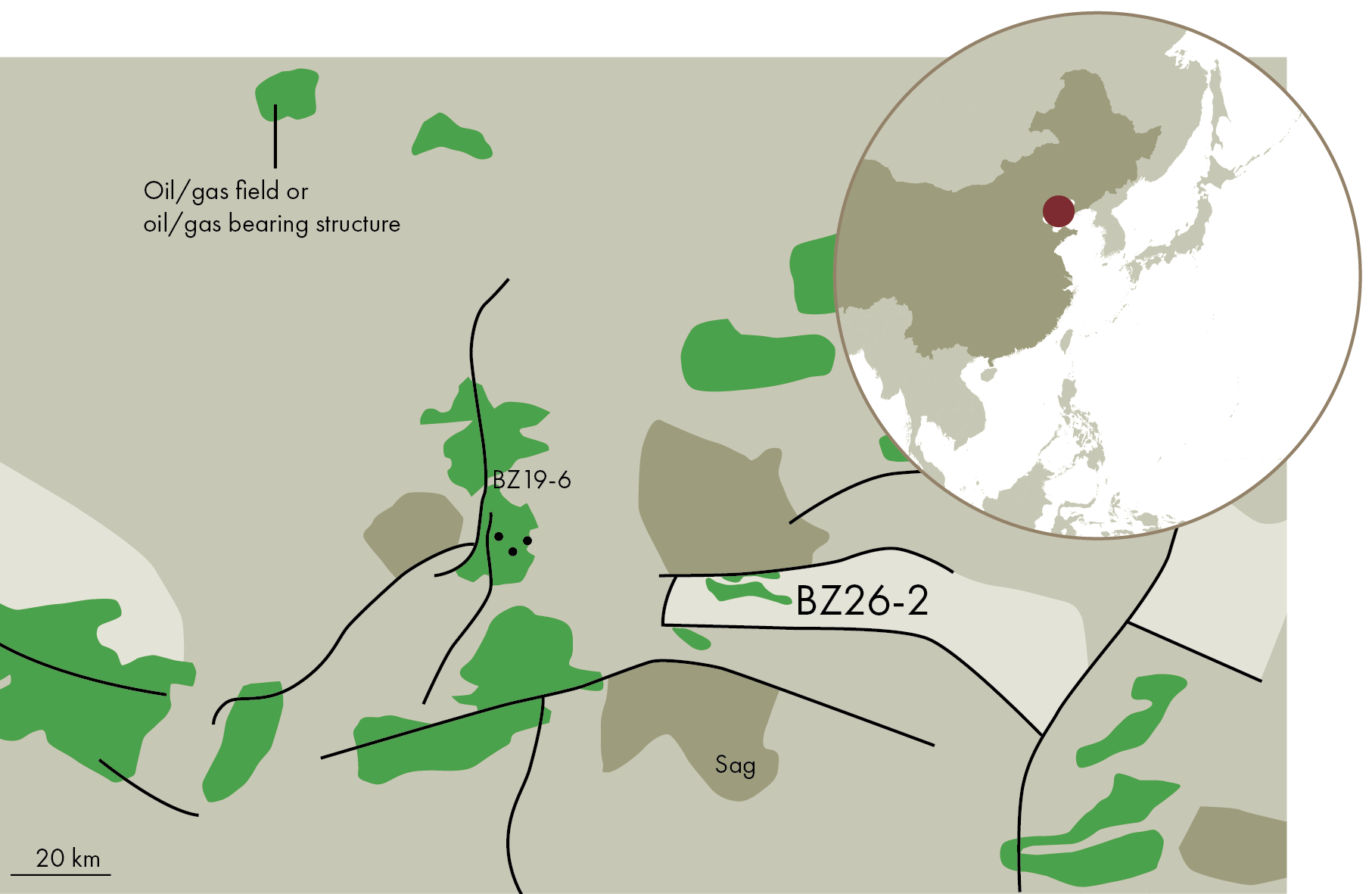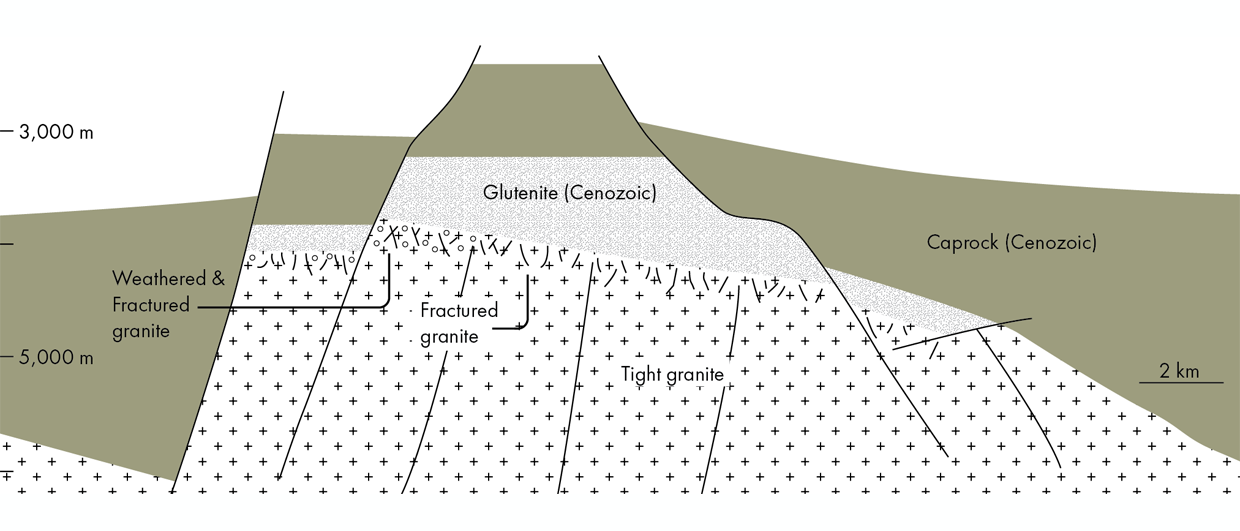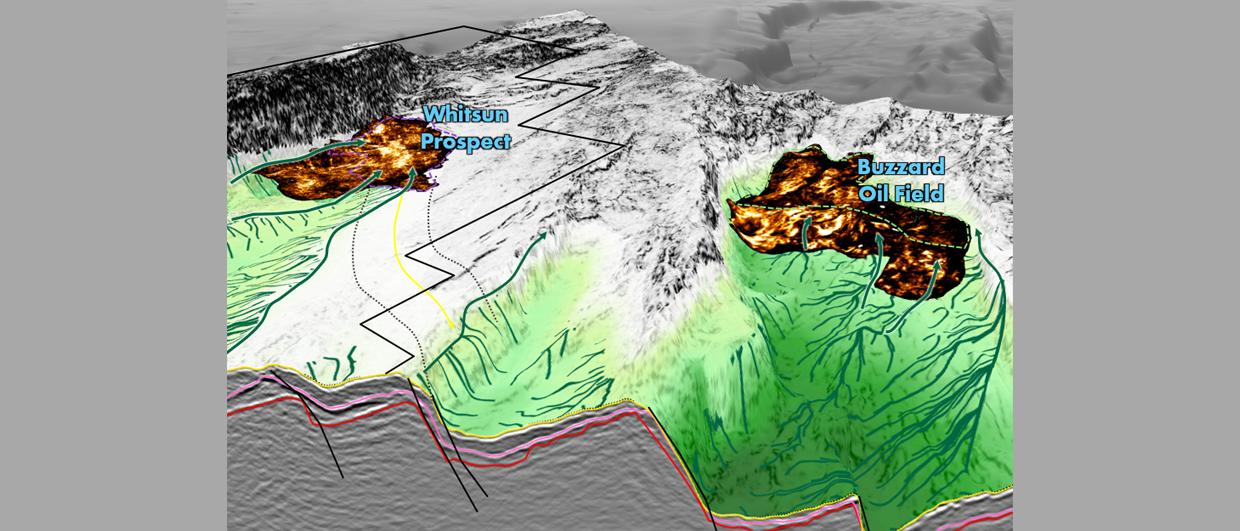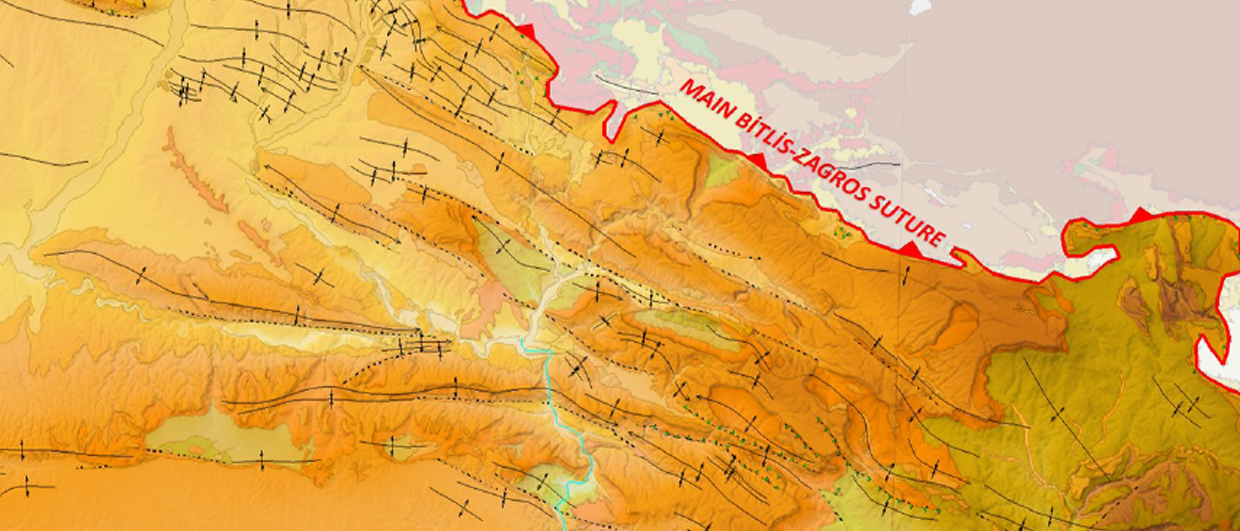Last week, I was struck by a headline published by media outlet OGV. It read: CNOOC makes world largest offshore hydrocarbons discovery in special rock formation. Reading through the article, it said that CNOOC found the world’s largest metamorphic rock oilfield (around 1.5 billion barrels of oil) in China’s Bohai Sea. That certainly sounded interesting, but still a bit cryptic.
Fortunately, the CNOOC website itself presented a better description of what was discovered in the Bohai Sea, the waters sandwiched between China and North Korea in what is the northwestern extension of the Yellow Sea. The press release mentions that the main oil-bearing play is an Archean buried hill, which obviously translates to basement reservoir. Still a rather special reservoir, but not something totally unheard of. Fractured and weathered basement reservoirs can be found in several places across the world, for instance in Vietnam, Norway and the UK.
Buried hills
It turns out that the Bohai Sea is a key area for the buried hill play concept, and a paper published on this area in 2019 shares some good insights. A cross-section from the so-called BZ-19-6 oil field in the paper shows a typical basement play, with tight granite at the base, followed by a fractured zone, in turn overlain by a fracture zone that also contains weathered granite in places, meaning there is some porosity in that particular interval in contrast to the granite below. A paper published this year, which even mentions the recent discovery, describes dissolution pores that are primarily distributed along fractures and have increased the porosity of these fracture-related reservoirs by ≤ 12%.

Glutenite
Another interesting observation from the cross-section is the presence of a coarse-grained interval of what the authors name glutenite, which seems to be a term mainly in use in China. This type of reservoir represents coarse-grained clastics that are characterised by intergranular dissolution pore space. In this case, the glutenite is a lot younger than the basement rocks and probably represent what remains of an inverted series of (half) grabens in which these conglomerates were deposited in Paleocene and Eocene times.
I have not been able to reconstruct where the announced discovery (Bohzong 26-6) was made, but if it is in the BZ-26 structure as shown on the map above, it is not far from the BZ-19 area where the cross-section is from. That then sparks another question. How much oil and gas is actually in fractured basement and how much is in the overlying coarse grained clastics?
Oil in sandstones
We have seen this scenario before, at a similar play, but far away from the Bohai Sea. In the West of Shetlands, in UK waters, Hurricane (now Prax Exploration and Production) operates the Lancaster field in fractured basement rocks. Our analysis at the time showed that rather than producing only from fractured basement, a contribution is clearly made from overlying coarse-grained clastics.
Looking at the BZ-19 cross-section from the Bohai Sea, it looks very similar to Lancaster with possibly an even thicker succession of coarse grained clastics overlying basement. Reflecting on that, it is worth asking the question how much of the oil in the Chinese play is from fractured basement and how much is from the overlying clastic wedges. The Lancaster case in the UK clearly suggested that the sands are a contributor, and if the discovery announced this week is in a similar setting as the cross-section from the article, it surely indicates that the reservoir may in fact not be as special as it initially looked.




